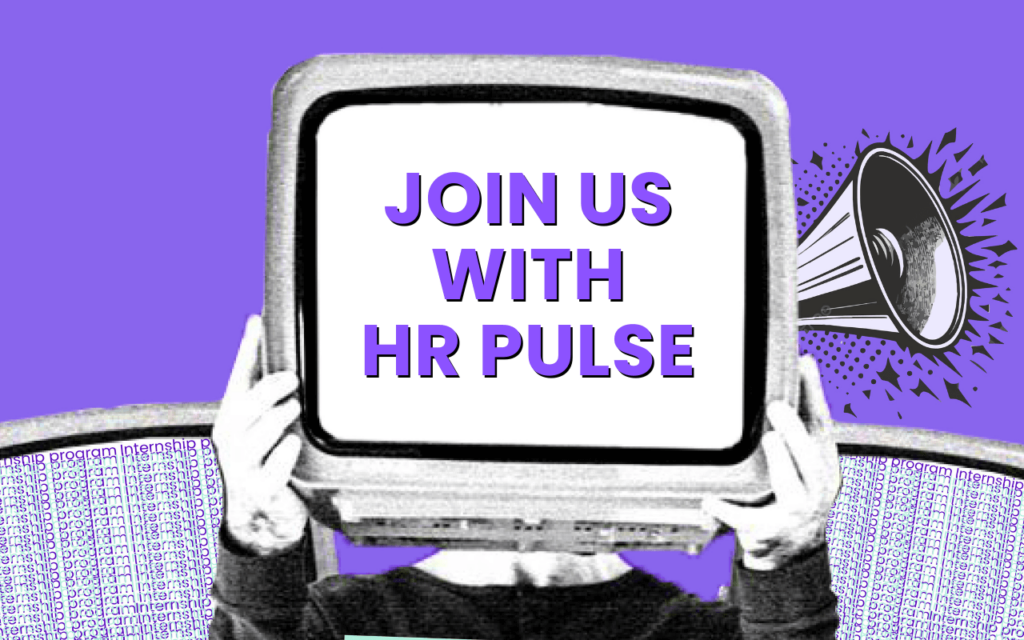A sick leave policy is a formal set of guidelines that outlines how employees can take time off work due to illness, injury, or medical-related issues. It specifies eligibility, accrual rates, notification procedures, and any conditions or limitations, ensuring both employee well-being and business continuity.
Typical Sick Leave Accrual Rates
Accrual rates vary by country, state, and employer. A common benchmark is one hour of sick leave for every 30 hours worked, with caps on the maximum amount employees can accumulate. Employers may also provide a fixed number of sick days annually.
Determining Appropriate Sick Leave
When designing a policy, organizations should balance legal compliance, industry standards, and employee needs. Benchmarking against similar companies and gathering employee feedback can help create a fair and sustainable policy.
Legal Considerations
Sick leave policies must comply with local, state, and federal laws. In the U.S., the Family and Medical Leave Act (FMLA) sets minimum standards for job-protected leave, while states like California, New York, and Washington may impose additional requirements.
Employers must also respect anti-discrimination laws, privacy protections for medical information, and industry-specific regulations.
Impact on Team Dynamics & Productivity
A supportive sick leave policy:
- Encourages employees to prioritize health
- Reduces presenteeism (working while sick)
- Boosts morale and loyalty
- Minimizes the spread of illness in the workplace
Poorly designed policies, however, risk lowering productivity and damaging trust.
Sick Leave in a Remote or Global Workforce
For multinational companies, policies must be adaptable to local laws while ensuring fairness across regions. Remote workers, in particular, may feel pressured to work through illness, so clear guidance is essential to encourage proper rest and recovery.
Preventing & Managing Sick Leave Abuse
Employers can safeguard against misuse by:
- Requiring a doctor’s note for extended absences
- Conducting return-to-work interviews
- Monitoring leave patterns
- Educating employees on responsible use
Any disciplinary action, including termination for excessive leave, must be carefully reviewed to avoid legal risks, especially if medical conditions are protected under laws such as the FMLA.
Improving Sick Leave Management
Technology can simplify administration by:
- Automating accrual tracking
- Offering self-service portals for requests
- Integrating leave management with payroll and HR systems
- Using analytics to identify patterns and optimize policy effectiveness
Communicating the Policy to Employees
Effective communication channels include:
- Employee handbooks
- Onboarding sessions
- Internal portals and HRIS dashboards
- Team meetings
Key details should cover eligibility, entitlements, notification rules, paid vs. unpaid leave, and what happens to unused days. Clear distinctions between PTO, sick leave, and medical leave should also be explained.
Measuring Policy Effectiveness
Employers can assess their sick leave policy by tracking:
- Absenteeism and productivity trends
- Employee feedback and satisfaction
- Year-over-year comparisons of leave usage
These insights guide adjustments to maintain both fairness and efficiency.
Considerations for Part-Time & Temporary Employees
Sick leave entitlements for part-time and temporary staff often depend on hours worked and contract type. A common approach is pro-rated accrual, ensuring compliance with legal requirements while maintaining equity across the workforce.







